

— Blogs —
—Products—
 Consumer hotline +8618073152920
Consumer hotline +8618073152920 WhatsApp:+8615367865107
Address:Room 102, District D, Houhu Industrial Park, Yuelu District, Changsha City, Hunan Province, China
Product knowledge
Time:2025-07-26 17:33:15 Popularity:711
A Precipitation Sensor, also known as a rain gauge or rainmeter, is a device used to measure the amount of precipitation in the natural environment, including rain, snow, hail, and other forms of water. It captures the precipitation and converts it into quantifiable electrical or digital signals, making it easier for data collection, processing, and recording. Precipitation Sensors are widely used in meteorological stations, hydrological monitoring, agricultural irrigation, environmental monitoring, and flood warning systems. Based on their measurement principles and application scenarios, Precipitation Sensors can be divided into various types, such as tipping bucket, piezoelectric, optical, and radar-based sensors, each with unique advantages and suitable application scenarios.
The data collected by Precipitation Sensors can be used to calculate rainfall, monitor water resource distribution, issue heavy rainfall warnings, assess drought levels, and provide scientific basis for meteorological analysis and disaster warnings.
Precipitation Sensors can be classified into the following main types based on their measurement principles:
- Working Principle: Rainwater is collected in a bucket, and when it reaches a specific volume (typically 0.1mm or 0.2mm of rainfall), the bucket tips over, triggering a magnetic or reed switch to generate electrical pulses that record the precipitation amount. The rainfall amount is calculated by counting the number of bucket tips, and the intensity is determined by the tipping frequency.
- Features:
- High precision: Resolution up to 0.1mm or 0.2mm, meeting the World Meteorological Organization (WMO) standards.
- Simple structure: Mechanical design, easy to manufacture and maintain.
- High reliability: Long-term stability, widely used in standard meteorological observations.
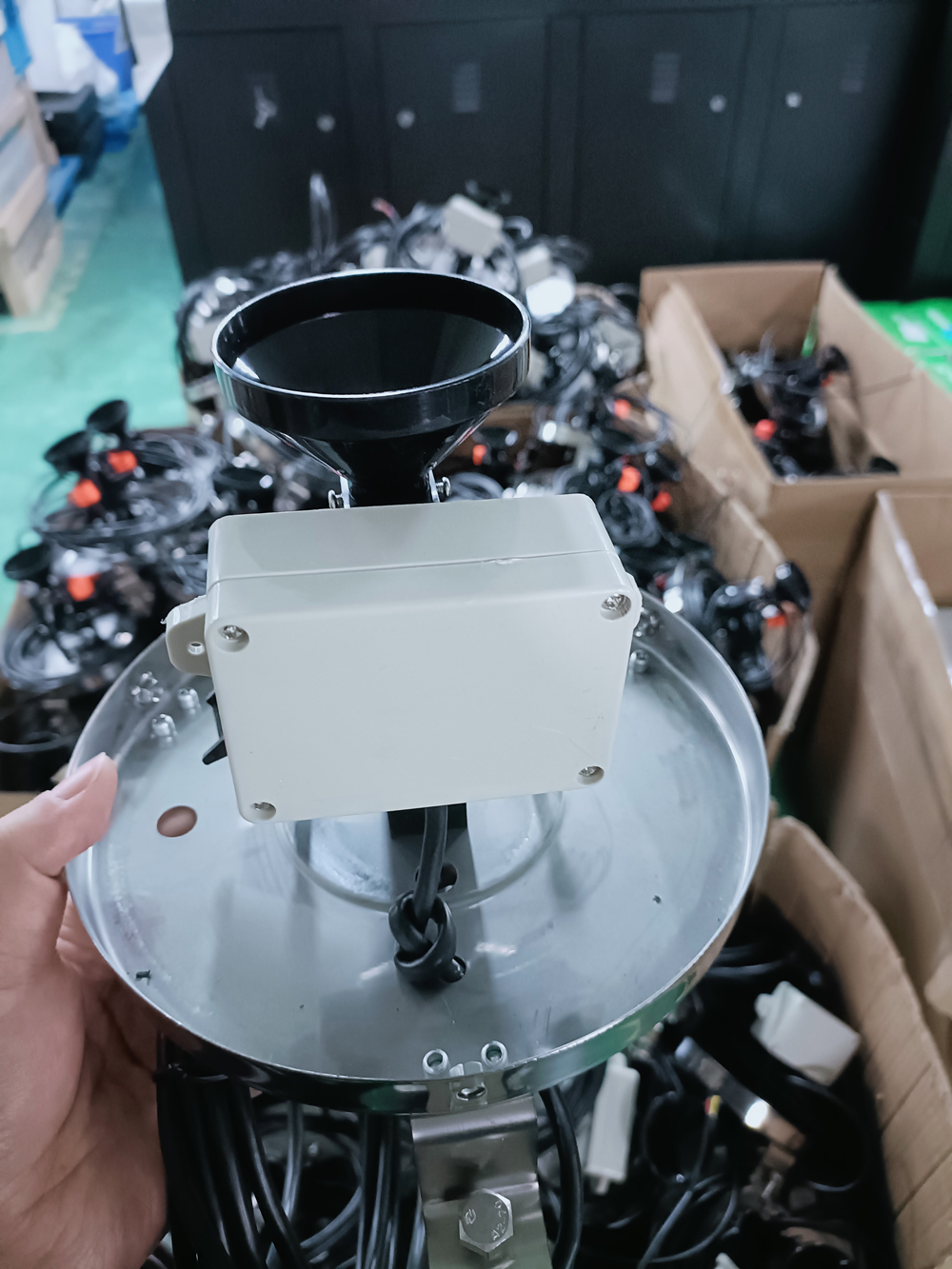
- Function:
- Measures precipitation amount and intensity, suitable for rainfall monitoring.
- Supports multiple outputs (e.g., pulse, RS485, 4-20mA) for easy integration into data acquisition systems.
- Can be equipped with bird-proof devices and filters to reduce interference.
- Limitations:
- Susceptible to debris, insects, or strong winds, requiring regular cleaning.
- Precision may decrease under low rainfall intensity or in conditions like snow or hail.
- Must be installed level to avoid vibration interference.
- Applications: Meteorological stations, hydrological monitoring stations, agricultural irrigation systems.
- Working Principle: Utilizes the piezoelectric effect to convert the mechanical energy from raindrops hitting the sensor into electrical signals. The signal's intensity and waveform reflect the size of the raindrops and precipitation intensity, which can be used to infer the amount and type of precipitation (e.g., rain, snow).
- Features:
- Fast response: Can detect precipitation events in real time.
- No moving parts: Reduces mechanical wear, low maintenance.
- High sensitivity: Can detect small raindrops, suitable for light rainfall measurements.
- Low cost potential: Simple assembly allows for low-cost designs, suitable for dense network deployments.
- Function:
- Measures precipitation amount, intensity, and type (e.g., rain, snow, hail).
- Provides raindrop size distribution (DSD) data, suitable for microphysics studies.
- Supports high-resolution outputs for dynamic monitoring.
- Limitations:
- Calibration is complex, requiring both lab and field calibration, and is susceptible to environmental noise interference.
- Wet surfaces may weaken signals, affecting precision.
- Low-cost models tend to have higher system noise.
- Applications: Scientific research, environmental monitoring stations, special environments requiring fast response.
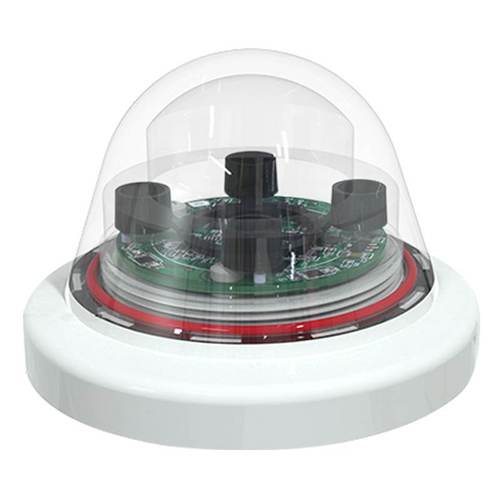
- Working Principle: Uses infrared light beams to detect scattering or changes in light intensity caused by raindrops, calculating precipitation amount and intensity.
- Features:
- No moving parts: Reduces maintenance, suitable for long-term use.
- Fast response: Can quickly detect precipitation events.
- Lightweight design: Suitable for mobile or portable applications.
- Function:
- Measures precipitation amount and intensity, some models can distinguish precipitation types.
- Provides real-time data, suitable for smart traffic and outdoor activity management.
- Supports IP65 waterproof rating, suitable for harsh environments.
- Limitations:
- Lower precision, suitable for non-high-precision scenarios.
- Susceptible to interference from external light sources (e.g., sunlight) or dust.
- Not suitable for complex precipitation types (e.g., snow).
- Applications: Smart traffic systems, outdoor activity management, portable meteorological monitoring.
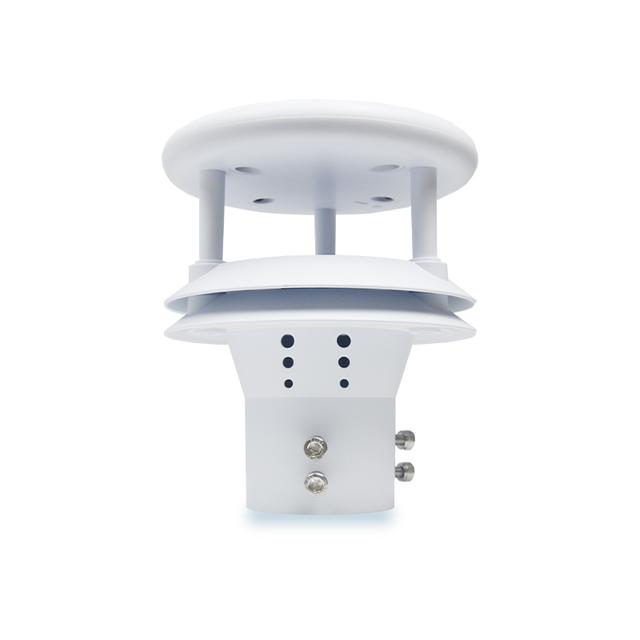
- Working Principle: Uses a 24GHz Doppler radar to emit electromagnetic waves and detects the reflected signal from precipitation particles, analyzing precipitation intensity, distribution, and type.
- Features:
- Large coverage area: Can monitor precipitation over a large region, suitable for regional forecasting.
- High precision: Resolution up to 0.01mm, capable of distinguishing rain, snow, hail, etc.
- No maintenance: No moving parts, suitable for remote areas.
- Fast response: Can provide real-time precipitation onset reports.
- Function:
- Provides precipitation amount, intensity, type, and distribution data.
- Supports interfaces like RS485, SDI-12 for easy integration.
- Provides 3D precipitation information, suitable for complex meteorological analysis.
- Limitations:
- Complex equipment, high initial investment and maintenance costs.
- Needs to avoid interference with other radar systems.
- Precision may be lower for small raindrops (<0.3mm).
- Applications: High-end meteorological stations, radar meteorological systems, research institutions.
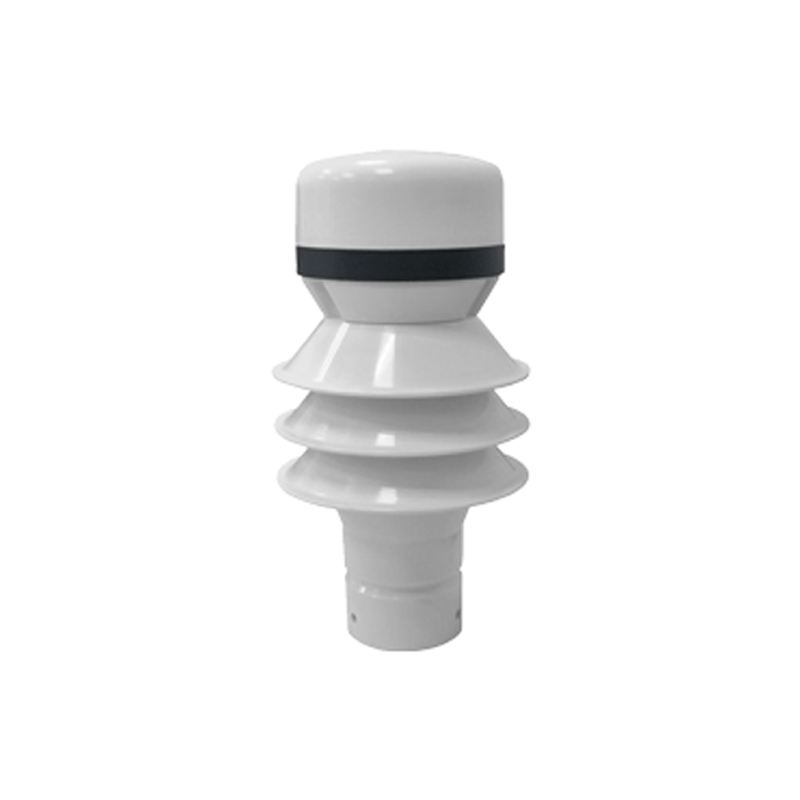
1. Meteorological Stations: Provide real-time precipitation data, supporting weather forecasting and climate research.
2. Hydrological Monitoring Stations: Monitor river and lake precipitation, supporting flood warnings and water resource management.
3. Agricultural Production: Monitor precipitation in farmlands, guiding irrigation and drainage, enhancing crop yield and quality.
4. Environmental Monitoring: Monitor the impact of precipitation on soil erosion and water pollution, providing environmental decision-making data.
5. Smart Traffic and Outdoor Activities: Provide real-time precipitation data, optimizing traffic management and activity safety.
6. Scientific Research and Education: Used for meteorological science research and teaching experiments.
- Accurate Meteorological Forecasting: Provides high-precision precipitation data, improving weather forecast accuracy and reducing natural disaster risks.
- Water Resource Management: Optimizes water distribution, saving 10-20% of irrigation water, especially in arid regions.
- Agricultural Efficiency: Guides precise irrigation and drainage, improving crop yield and quality, reducing resource waste.
- Disaster Prevention and Mitigation: Provides early warnings for floods, mudslides, and other disasters, protecting lives and property.
- Scientific Research: Provides micro-physical data on precipitation (e.g., raindrop size distribution), supporting climate change and hydrological research.
- Smart Management: Integrates with IoT technology for remote monitoring and automated decision-making, enhancing management efficiency.
Precipitation Sensors capture and quantify precipitation, providing essential data support for meteorology, hydrology, agriculture, and the environment. Tipping bucket sensors, with their high precision and reliability, are the preferred choice for meteorological stations; piezoelectric sensors, with their fast response and low maintenance, are ideal for scientific research; optical sensors are lightweight and suitable for portable applications; and radar sensors offer large-area coverage, making them suitable for regional forecasting and disaster prevention. By selecting the appropriate sensor based on factors like measurement precision, data type, and budget, users can optimize water resource management, improve agricultural efficiency, enhance disaster resilience, and support scientific research, thereby contributing to climate change adaptation and sustainable development. Choose the right Precipitation Sensor and begin precise meteorological monitoring today!
NBL-W-RS-Tipping-bucket-rain-gauge-instruction-manual-0.5mm.pdf
Related recommendations
Sensors & Weather Stations Catalog
Agriculture Sensors and Weather Stations Catalog-NiuBoL.pdf
Weather Stations Catalog-NiuBoL.pdf
Related products
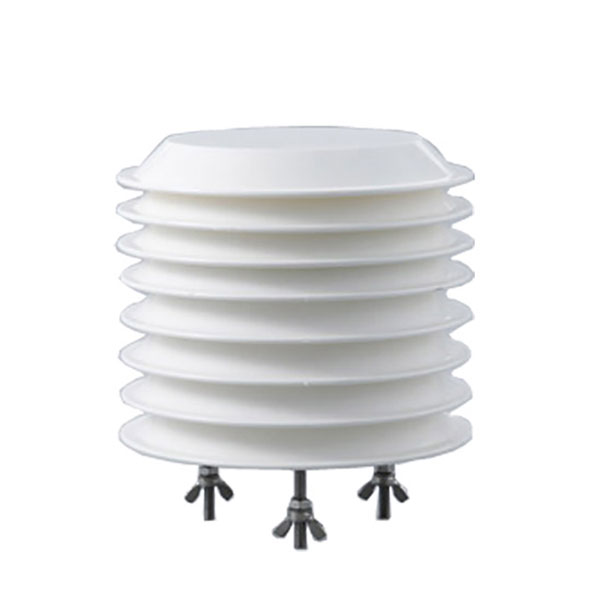 Combined air temperature and relative humidity sensor
Combined air temperature and relative humidity sensor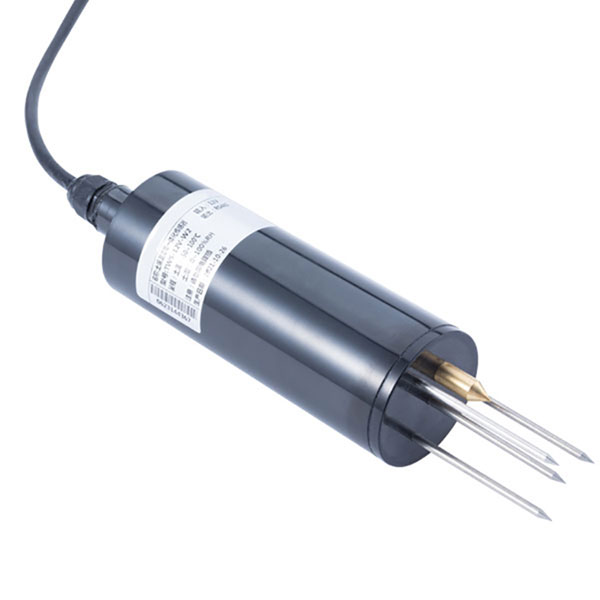 Soil Moisture Temperature sensor for irrigation
Soil Moisture Temperature sensor for irrigation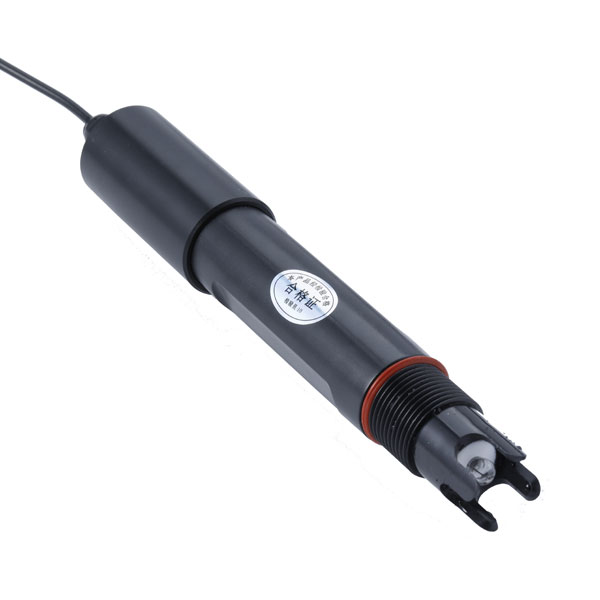 Soil pH sensor RS485 soil Testing instrument soil ph meter for agriculture
Soil pH sensor RS485 soil Testing instrument soil ph meter for agriculture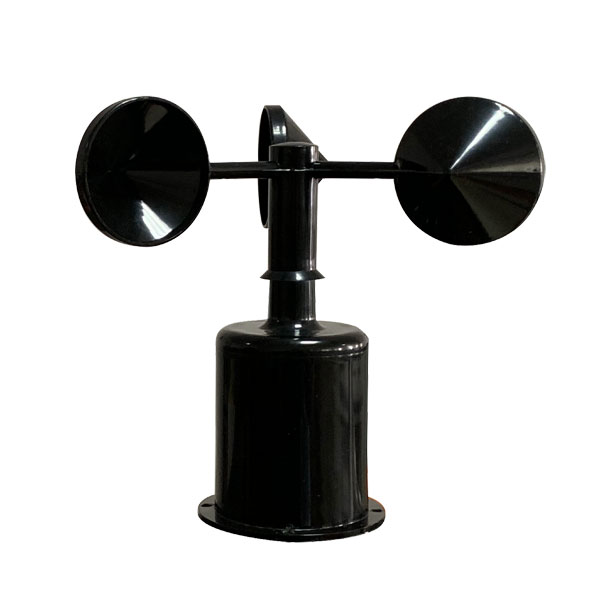 Wind Speed sensor Output Modbus/RS485/Analog/0-5V/4-20mA
Wind Speed sensor Output Modbus/RS485/Analog/0-5V/4-20mA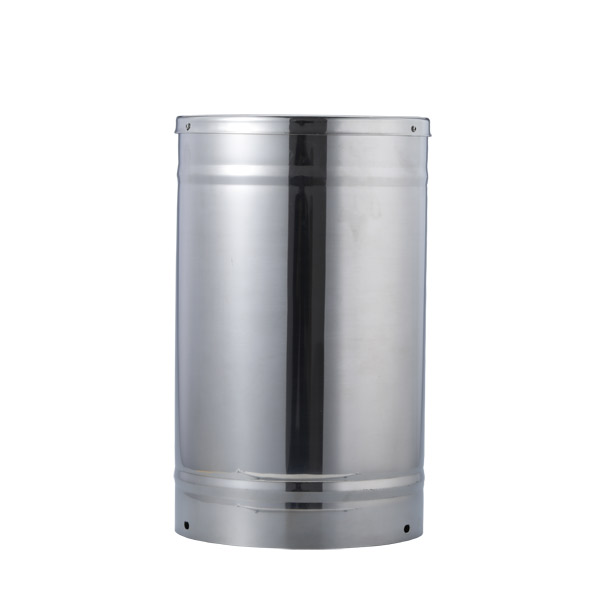 Tipping bucket rain gauge for weather monitoring auto rainfall sensor RS485/Outdoor/stainless steel
Tipping bucket rain gauge for weather monitoring auto rainfall sensor RS485/Outdoor/stainless steel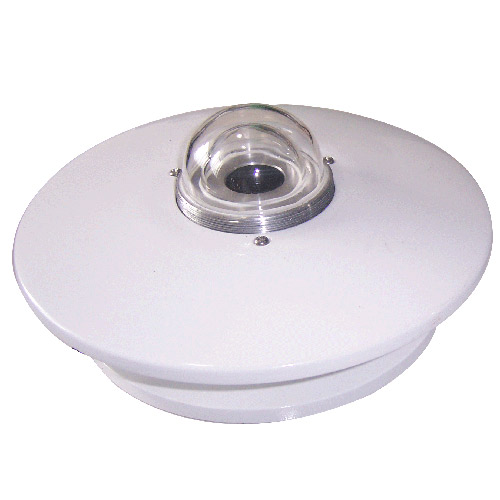 Pyranometer Solar Radiation Sensor 4-20mA/RS485
Pyranometer Solar Radiation Sensor 4-20mA/RS485
Screenshot, WhatsApp to identify the QR code
WhatsApp number:+8615367865107
(Click on WhatsApp to copy and add friends)
